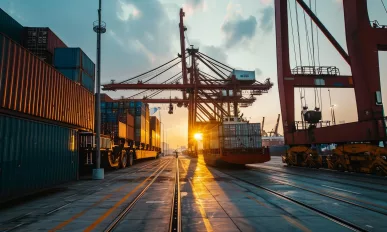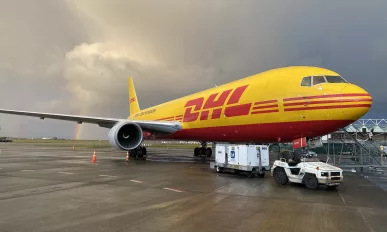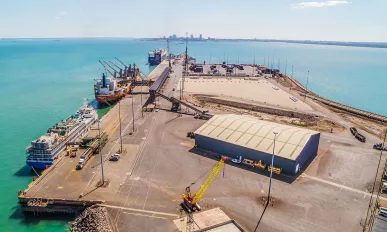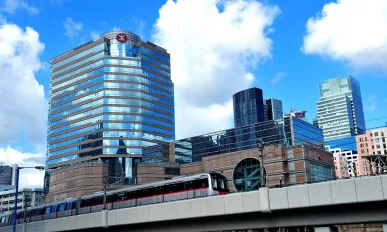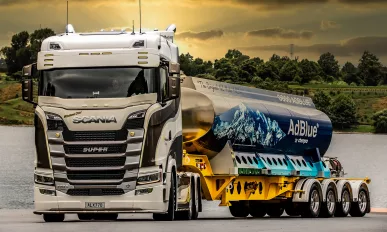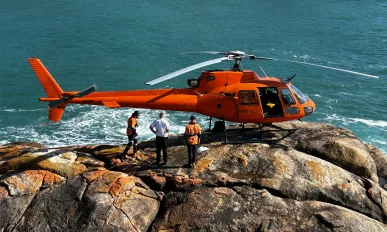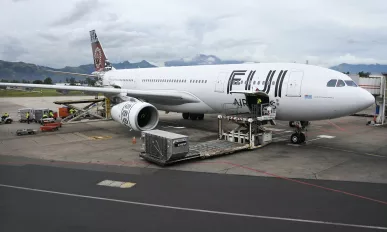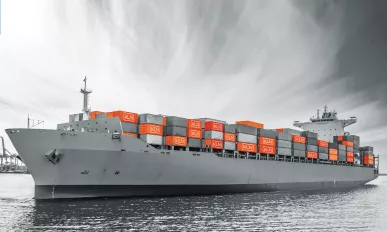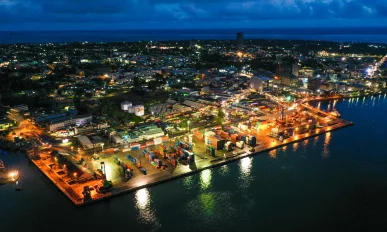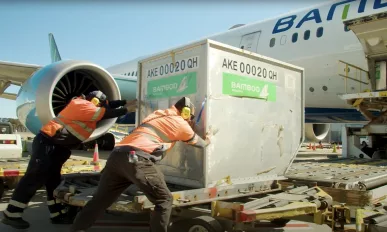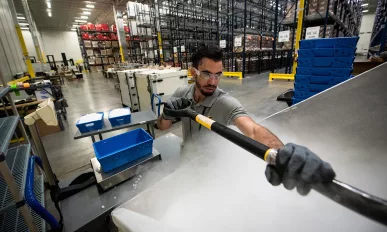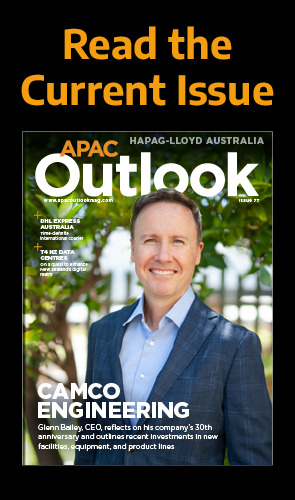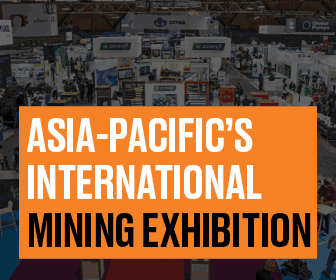AVega Bros Integrated Shipping Corporation : Brotherly Cargo Brokerage
Alec Vega, Chairman of AVega Bros Integrated Shipping Corporation, discusses catering for the logistical needs of the flourishing Philippine market.
DHL Express : Time-Definite Shipments
Transporting urgent documents and goods reliably and on time from door to door, DHL Express is the undisputed global leader in international express shipping. Chitra Shinde, Vice President of Operations at DHL Express New Zealand, details the division’s operations in the country.
Darwin Port : Sailing to Success
As the nearest port to Asia, Darwin Port is strategically positioned as the gateway for Australasian trade. CEO Peter Dummett tells us about its productivity, development, and how it supports the natural marine environment of Darwin Harbour.
MTR Corporation : Enabling a Better-Connected Tomorrow
As a recognised, world-class operator of sustainable rail transport services, MTR Corporation is a leader in safety, reliability, customer service, and efficiency. We learn more with Property and International Business Director, David Tang.
Alexander Group : A Family Affair
As New Zealand’s leading nationwide provider of specialist transportation and distribution solutions for hazardous and high-value goods, Alexander Group has operated as a trusted, family-run business since 1971. Hayley Alexander, CEO and second-generation business owner, tells us more.
Australian Maritime Systems Group : Masters of Maritime
As specialists in the design, installation, maintenance, and refurbishment of Australia’s critical infrastructure, Australian Maritime Systems Group is no stranger to seizing an opportunity. The company’s CEO, Glen Marshall, details its reputation for success.
Fiji Airports : First-class Aviation Management
Owner of the world-renowned Nadi International Airport, Fiji Airports has been experiencing continuous growth, thanks to the proactive modernisation of its 15 airports and the welcoming of a new CEO, Mesake Nawari.
Kerry Logistics : Global Supply Chain Solutions
With a robust global network, Kerry Logistics Oceania Pty Ltd is revolutionising the supply chain industry. We speak to Cameron Green, Managing Director for Oceania, about how the company is successfully expanding into new markets.
Fiji Port Corporation Pte Limited : Powering the Ports of the Pacific
As the supply chain industry makes an economic impact, we speak to Vajira Piyasena, CEO of Fiji Port Corporation Pte Limited, about its expansion plans, environmental initiatives, and efficient operations.
Oceania Aviation : Soaring to New Heights
Oceania Aviation has been providing industry-leading ground handling and aviation services since 1996. We discover Australia’s trusted provider for many leading domestic and international airlines, serving over 60,000 flights each year.
UPS Supply Chain Solutions® : The Surprise Package
Jeff McCorstin, President of Global Freight Forwarding at UPS Supply Chain Solutions, talks about helping business supply chains.
Malaysia Semiconductor Industry Association : Spotlight
As a well-established hub within the worldwide semiconductor supply chain, Malaysia is positioned to experience significant growth.



